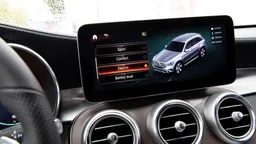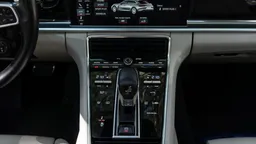Charging, or the lack thereof, is often cited as one of the biggest reasons why people are still hesitant to switch to electric vehicles (EVs). In this short briefing, we analyzed both the historic growth of charging infrastructure in Europe and the future needs. While many countries fail again and again to meet their self-set EV goals, the speed of charging infrastructure deployment is almost exclusively a success story across all EU members.
[Download national data for % of AFIR charging target. Download national data for historic increase in number of chargers (2020-2023)]
Even though it is repeatedly claimed otherwise, the deep East-West and North-South divide lacks any basis. On the contrary, many Eastern and Southern European countries have, relative to the number of EVs on the road, more charging power available than most of their Western and Northern European counterparts. The next step on the East and South would be to better implement the uptime and interoperability requirements of AFIR.
However, the proper implementation of the AFIR target is key to making it a lasting success. T&E recommends that member states shall go beyond the minimum ambition of AFIR and take into account the following elements:
- Forward-looking planning: anticipate future demand to avoid ‘grid-locks’ along the way. This proactive approach is essential to prepare adequately for increasing charging demands.
- Close the gaps in the network: AFIR mandates that fast charging hubs for long-distance travel are essential every 60 km along the main roads by 2030 at the latest. However, this should be completed by 2025 to eliminate charging and range anxiety across countries and the EU once and for all.
- Ensure a homogeneous rollout: the ‘fleet-based’ charging target should be implemented in a decentralized manner, ensuring that the deployment of charging infrastructure follows the EV uptake at the regional or even provincial level. This approach supports a balanced expansion that meets actual local demand.
- Ensure infrastructure is user-friendly: member states should require that Charge Point Operators (CPOs) ensure publicly operated charging stations maintain a minimum uptime of at least 98% annually. Furthermore, CPOs should implement other interoperability and accessibility requirements outlined in AFIR as soon as possible to enhance user experience.
- Limit red tape and fund smartly: Through the harmonization of permitting and administrative procedures and the focus of public financial support where and when market failure occurs. This strategic approach helps expedite infrastructure development while ensuring efficient use of resources.
To find out more, download the briefing.


